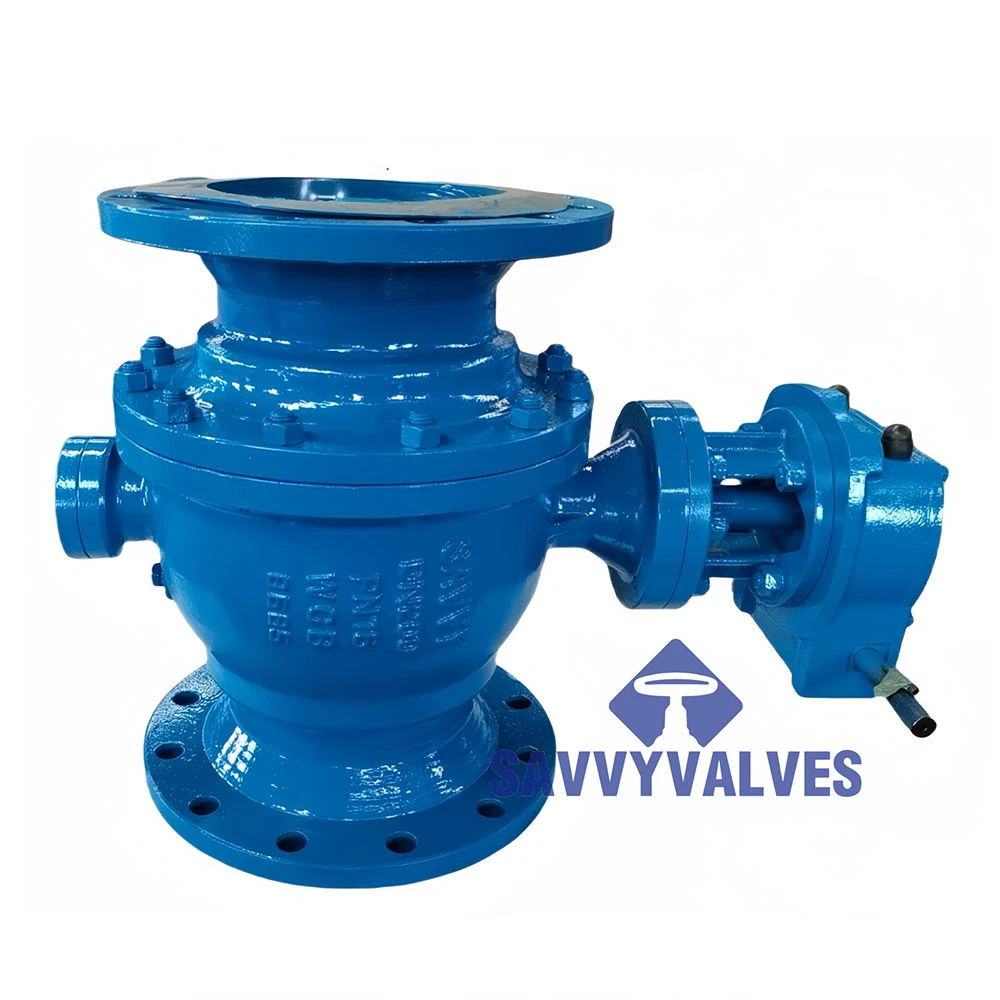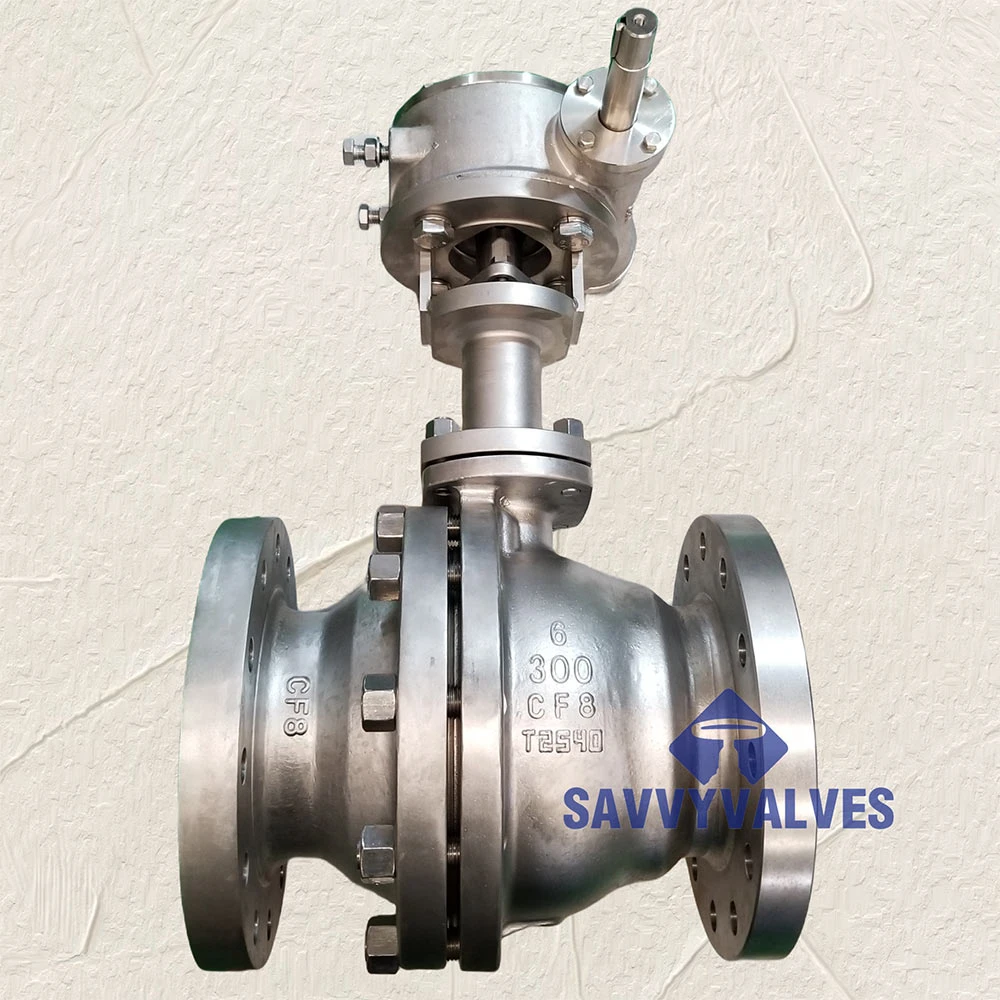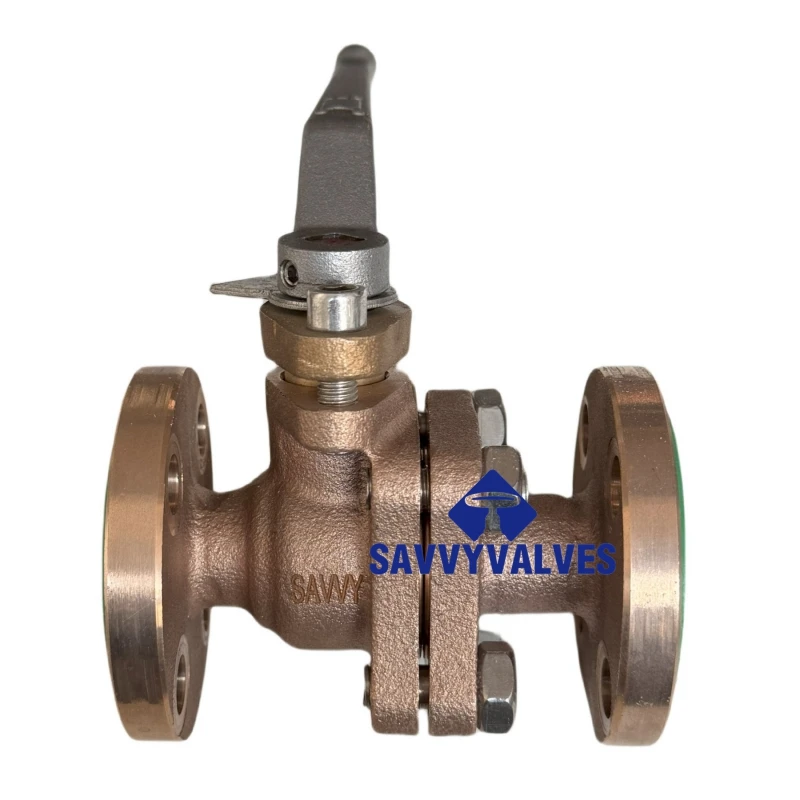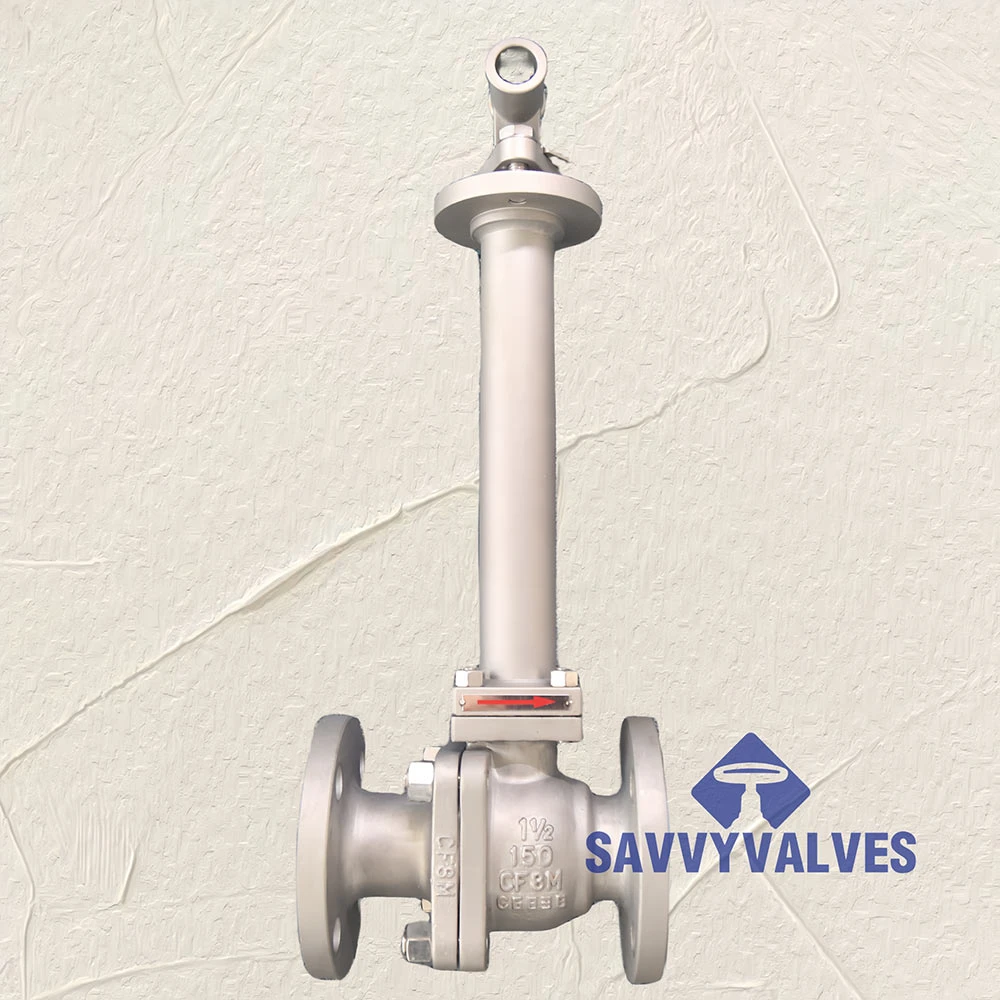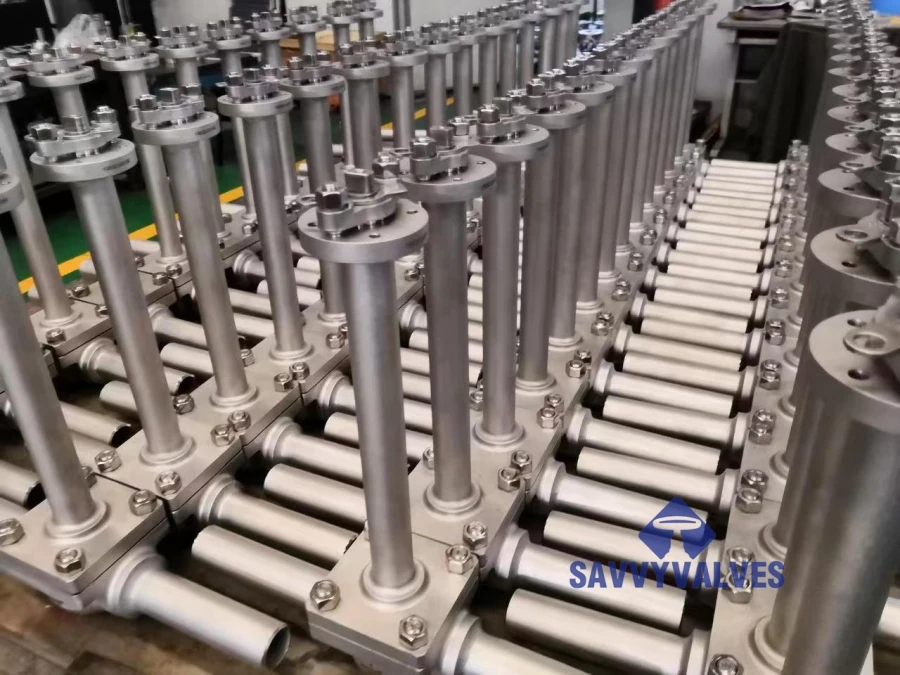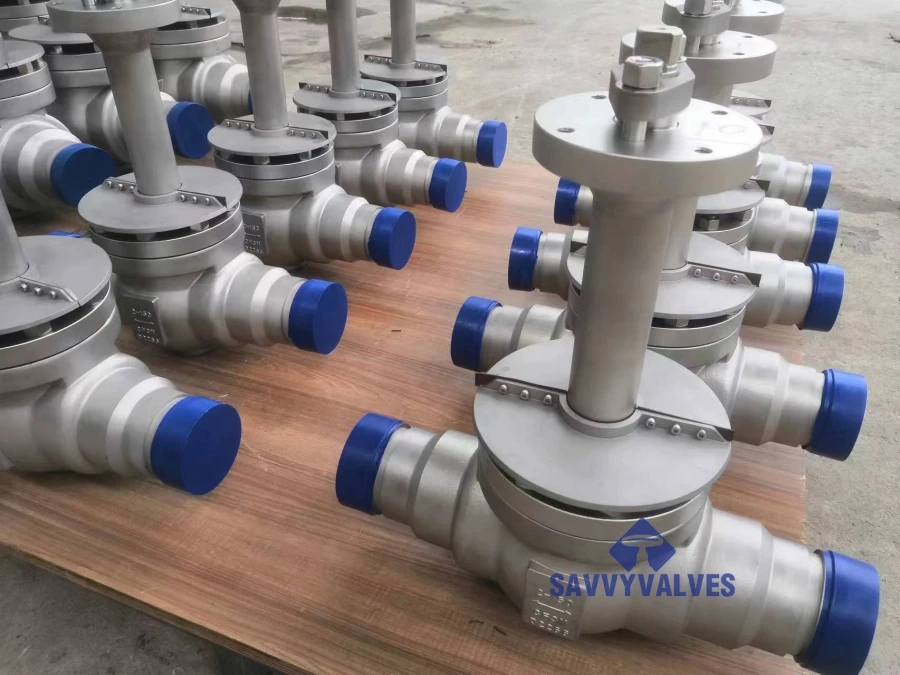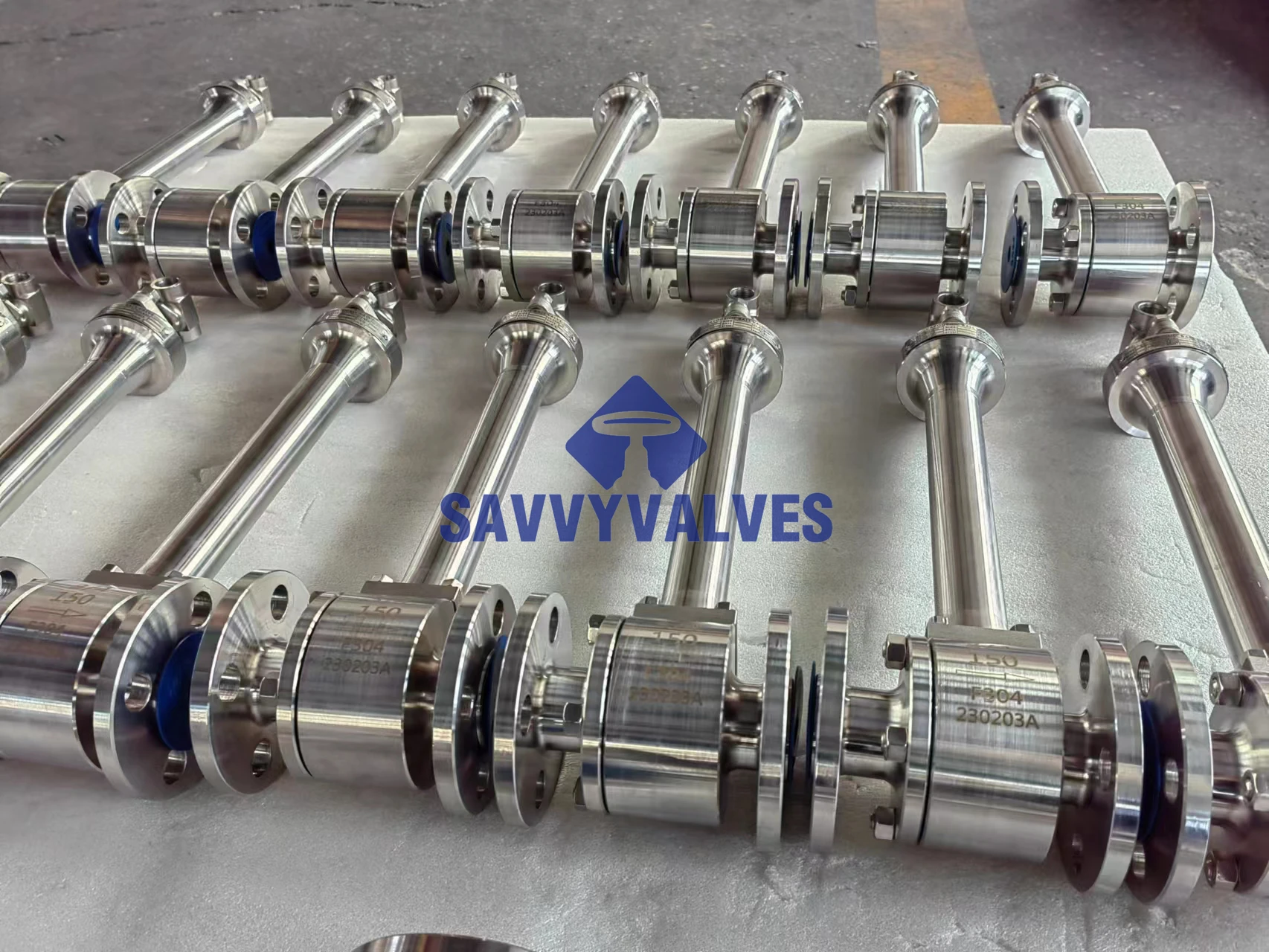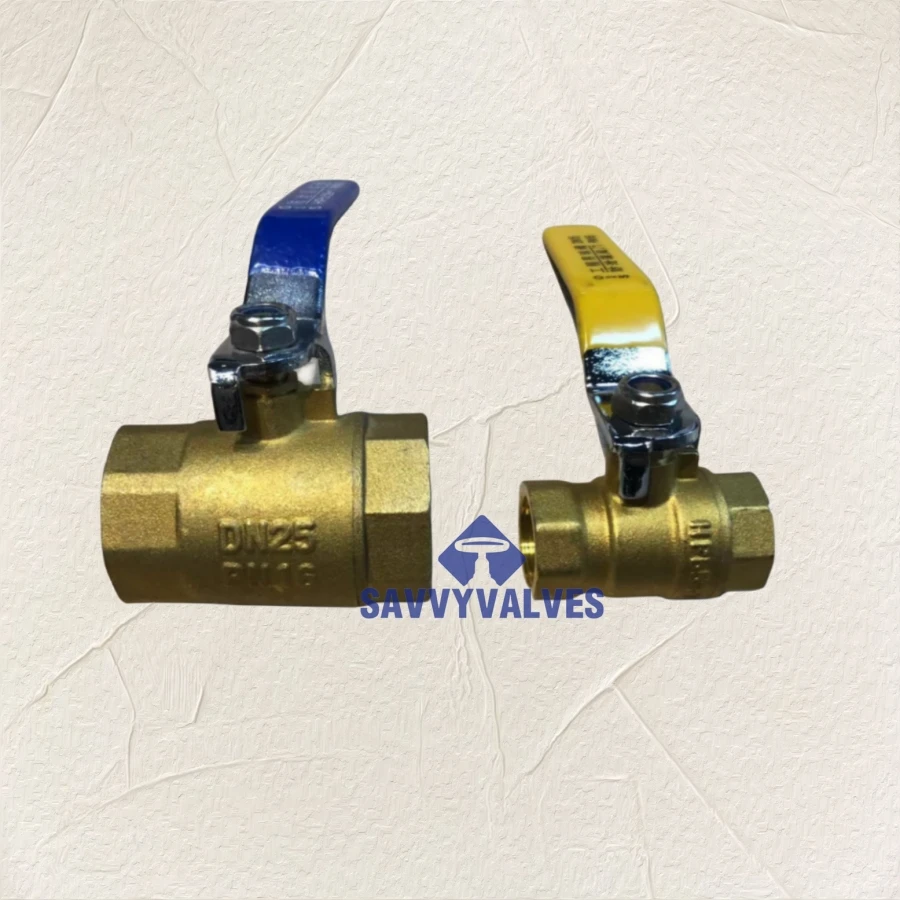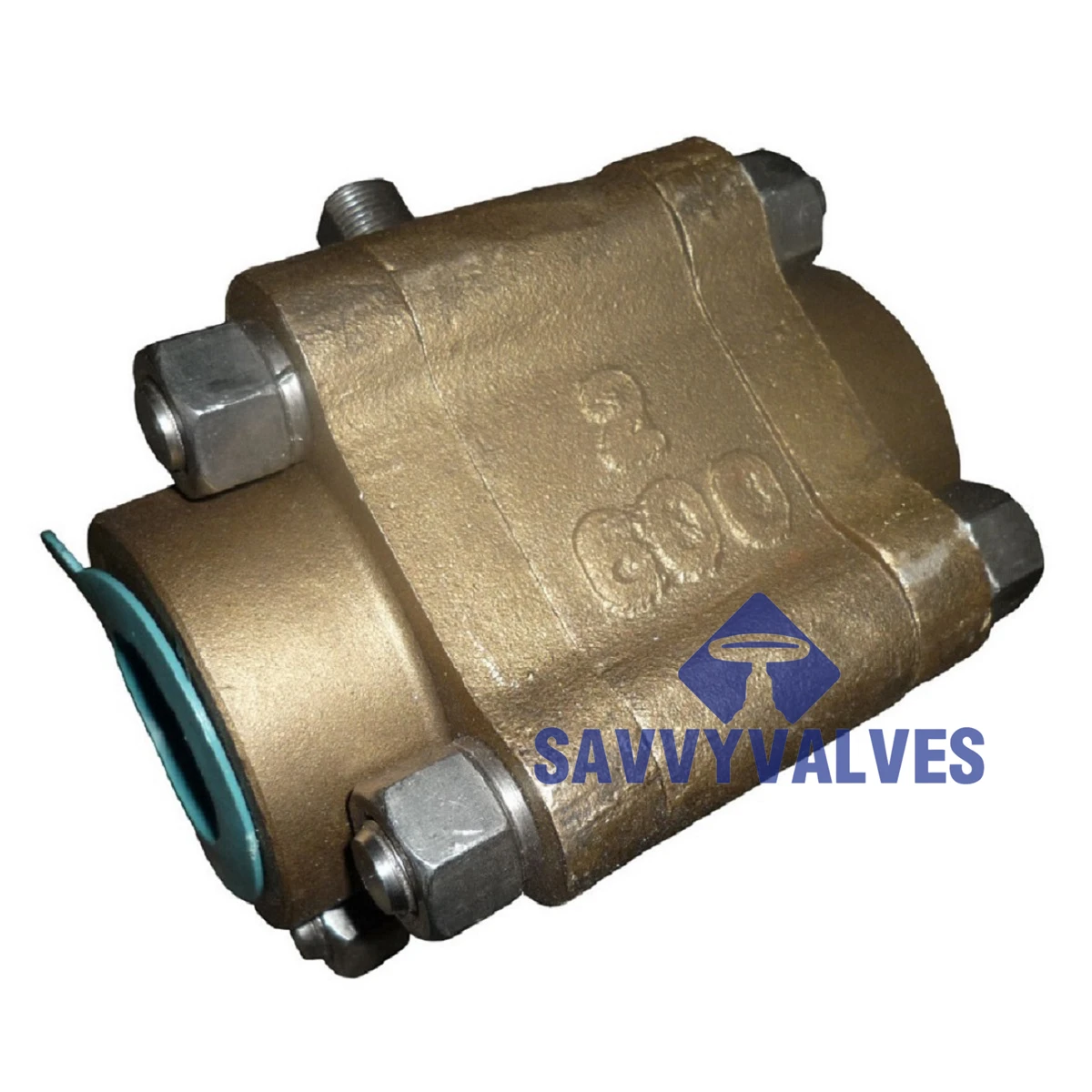볼 밸브
-
그림은 API 608 트러니언 장착 볼 밸브, 축소 보어, 2피스를 보여줍니다.
크기: 10″*8″
등급: 150파운드
차체 및 보닛: ASTM A216 WCB
볼: ASTM A182 F316
STEM: ASTM A182 F316
시트: ASTM A182 F316 DEVLON 인서트가 있는 칼라
스프링: 인코넬 X-750
작동: 기어 유닛
-
크기: 25A
압력 등급: JIS 5K
주요 자료:
본체: ASTM A182 F304
볼: ASTM A182 F304 + 경질 크롬 도금(HCR)
스템: ASTM A182 F304
시트: PTFE(폴리테트라플루오로에틸렌)
운영자: 레버
연결부 : 웨이퍼 타입, JIS B2220 5K 규격에 따라 드릴링
구성: 독특한 컴팩트 웨이퍼 스타일 바디
표면 마감: 사포 분사 및 탈지
온도 범위: –29°C ~ 425°C
-
사진은 아래와 같은 사양을 보여줍니다.
크기: 6인치
정격: 300파운드
끝: ASME B16.5 300LB에 따른 플랜지
온도: -70℃
차체 및 보닛: ASTM A351 CF8
볼: ASTM A182 F304
STEM: ASTM A182 F304
시트: 스프링 에너자이즈드 PCTFE
작동: 공압 액추에이터
-
크기: 4" × 3" (DN100 × DN80)
압력 등급: 150 LB(ASME B16.5)
주요 자료:
차체 및 보닛: ASTM A351 CF8(스테인리스 스틸 304)
볼: 고성능 구조 세라믹(Al₂O₃/ZrO₂)
스템: AISI F304(스테인리스 스틸 304)
좌석: 고급 세라믹(마모 및 부식 방지)
작동: 베어 샤프트(공압, 유압 또는 전기 액추에이터와 호환)
연결부: RF(Raised Face) 플랜지
-
크기: 15A, 25A
압력 등급: JIS 5K
주요 자료:
차체/보닛: ASTM B62 C83600(주조 청동)
볼: 모넬 K500
스템: 모넬 K500
시트: RPTFE(강화 PTFE)
작동자: 수동 레버
연결부: JIS B2220 5K 플랜지면(FF)
표면 마감: 사포 분사 및 탈지
온도 범위: -29°C ~ 120°C
-
사진은 아래와 같은 사양을 보여줍니다.
크기: 6인치
정격: 300파운드
끝: ASME B16.5에 따른 플랜지
온도: -196℃
차체 및 보닛: ASTM A182 F304
볼: ASTM A182 F304+HF
시트: PCTFE 또는 HF 금속
작동 방식: 수동 및 기어
-
사진은 아래와 같은 사양을 보여줍니다.
크기: 1-1/2″
정격: 150파운드
끝: ASME B16.5 300LB에 따른 플랜지
온도: -196℃
차체 및 보닛: ASTM A351 CF8M
볼: ASTM A182 F316+HCR
STEM: ASTM A182 F316
시트: 스프링 에너자이즈드 PCTFE
작동 방식: 레버
-
사진은 아래와 같은 사양을 보여줍니다.
크기: 1인치
정격: 150파운드
끝: ASME B16.25에 따른 BW
온도: -196℃
차체 및 보닛 : A182 F316
볼: ASTM A182 F316+HF
STEM: ASTM A182 F316
시트: PEEK 또는 HF 금속
작동 방식: 수동 및 기어
-
사진은 아래와 같은 사양을 보여줍니다.
크기: 8인치
정격: 150파운드
끝: ASME B16.5에 따른 플랜지
온도: -196℃
차체 및 보닛: A351 CF8M
볼: ASTM A182 F316+HF
STEM: ASTM A182 F316
시트: PCTFE 또는 HF 금속
작동 방식: 수동 및 기어
-
사진은 아래와 같은 사양을 보여줍니다.
크기: 3/4″ 6″
등급: 150LB 300LB
끝: ASME B16.5에 따른 플랜지
온도: -196℃
차체 및 보닛: ASTM A182 F304
볼: ASTM A182 F304+HF
시트: PCTFE 또는 HF 금속
작동 방식: 수동 및 기어
-
사진은 아래와 같은 사양을 보여줍니다.
사이즈:DN25
등급:PN16
본체 및 보닛 : 황동
디스크: 브라스
STEM: 황동
좌석: 황동
작동 방식: 레버
-
샘플 사양
크기: 2인치
정격: 600파운드
차체 및 보닛 : B62
볼: ASTM A182 F316
STEM: ASTM A182 F316
시트: PTFE
작동 방식: 휠
A ball valve is a type of quarter-turn valve that controls flow using a hollow, perforated, and pivoting ball inside the valve body. When the ball’s hole is aligned with the pipeline, fluid flows freely; when rotated 90 degrees, the flow is completely blocked. This simple mechanism makes ball valves highly reliable for shutoff and control applications. Ball valves are known for their tight sealing performance, durability, and ease of operation. They can handle high pressure and temperature conditions, and are suitable for gas, liquid, or even corrosive media, depending on the materials used. With minimal pressure drop and fast on-off control, ball valves are widely used in industries like oil and gas, water treatment, chemical processing, and general plumbing. They come in various types such as two-way, three-way, floating, and trunnion-mounted, and can be operated manually, pneumatically, or electrically.
- 1
- 2

